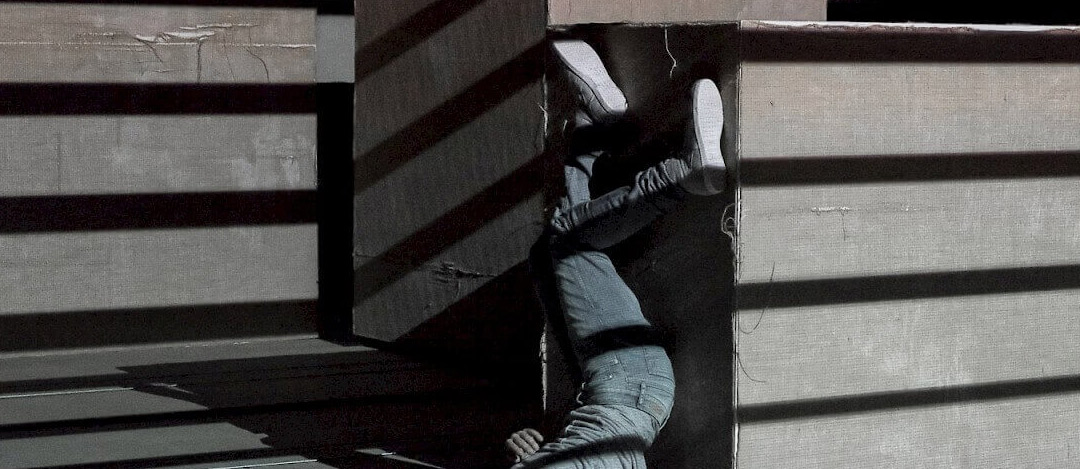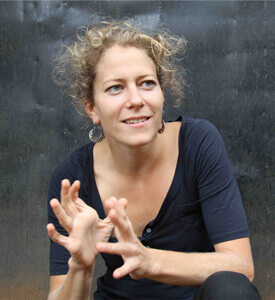Furious force of images Anna Konjetzky’s dance always explores new frontiers
Furious force of images Anna Konjetzky’s dance always explores new frontiers
Georg Tabori Preis 2013
Der Tagesspiegel, Sonderbeilage Georg Tabori Preis 2013
8.5.2013 / 69.Jahrgang / Nr.21 682 // Author: Patrick Wildermann (PAW)
“As if you watch God or his deputy genius during the creation of a new habitat” – this euphoric revelation a critic took with her after watching the dance piece “Die Summe der Öffnungen” (2010) by the young dancer and choreographer Anna Konjetzky. The works of the Munich native, who was trained in Brussels and was an assistant to Wanda Golonka at Schauspiel Frankfurt till 2008, polarize and fascinate alike.
Regardless, hardly a person can resist here overpowering physical force. In her solo and ensembles pieces, the artist assails us with a force of images. As, for example, in the piece “Tagebuch – si un jour tu décides de partir” where a Cellist plays on the naked body of a dancer in the same way he earlier played his instrument. And in “Die Summe der Öffnungen” when the dancers perform an archaic becoming on a substantial cubic sculpture by Anton Lukas.
Finally in “Abdrücke/Abdrücke folgen” a dancer draws – alone in a mirrored cube, blind to the outside world – when the audience can look inside. Most of the time the music creates a second, persisting, pulsating level.
Frequently Konjetzky uses film or video projections that throw a different light on the body, reflect it, as a close-up. Or they question the essence of body art, as in her furious piece “Elephantengedächtnis” that won the solo dance competition in Leipzig in 2009 –in which she transfigures bodies to machines.
Her works are an exploration of limits, in every respect. Born in 1980, Konjetzky, who has been touring the world already for some time, manages again and again to open up the intersection between dance and visual arts. Her latest production “und weil er sich dreht, kehrt der Wind zurück!” enthuses once again as walk-in installation art piece. Behind a barrier, the audience is waiting for the doors to open onto an imaginary Jerusalem. A very intimate experience, which shows the medium dance on its height of time and art.
PAW

